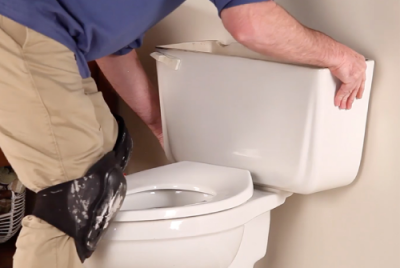As individuals age or confront various disabilities, maintaining an active and healthy lifestyle can become a challenge. However, the integration of mobility aids into daily life offers a bridge to a healthier and more active life. For people grappling with mobility issues, there is a wide array of mobility aids for people with disabilities that can provide the support and stability needed to undertake physical activities safely.
What are the benefits of exercise for people with mobility aids?
Exercise isn’t just for the fit and hearty; it’s a universal need that promotes overall health and well-being, mate. Utilising quality mobility aids for walking can foster independence, enhance muscle strength, improve balance, and boost cardiovascular health. Moreover, regular exercise can aid in managing symptoms of chronic diseases and can even enhance mental health by reducing symptoms of depression and anxiety.
Studies have shown that engaging in physical activity can help in maintaining a healthy weight, reducing the risk of falls, and fostering social connections. Don’t let mobility challenges hold you back; grab your mobility aid and give it a fair go.
What are some specific exercises that people with mobility aids can do?
Whether you’re using the best walking aids for the elderly or other mobility supports, there’s an exercise routine out there for everyone. Some activities that can be safely undertaken include:
- Chair exercises: Great for improving flexibility and building strength. You might consider simple leg lifts or seated marches.
- Water aerobics: Providing buoyancy that reduces stress on joints, making it easier to perform exercises without straining muscles.
- Yoga: Tailored yoga sessions can accommodate individuals with mobility aids, focusing on breath work and gentle poses to enhance flexibility and reduce stress.
- Walking: With the aid of walkers or canes, individuals can still enjoy a walk in the park, which fosters both physical and mental well-being.
It is essential to choose exercises that are suitable for your health condition and always consult with a healthcare provider before starting a new exercise regimen.
How to create an exercise routine that is safe and effective for you
Creating a safe and effective exercise routine is a top priority. When drafting your routine, consider the following points:
- Assessment: Begin with a thorough assessment of your current health status and mobility level. It might be beneficial to undertake this assessment with a healthcare provider.
- Personalised approach: Develop a personalised approach, targeting exercises that cater to your needs and physical abilities.
- Gradual Progress: Start slow and gradually increase the intensity of your exercises to avoid injuries.
- Safety Measures: Ensure your environment is safe for exercising, with no tripping hazards present.
- Equipment: Make use of quality mobility aids for walking to assist in your routine, ensuring you have the proper support.
Tips for staying motivated and consistent with your exercise routine
Staying motivated can sometimes be the hardest part of maintaining a consistent exercise routine. Here are a few tips that might help:
- Set realistic goals: Start with achievable goals and gradually build upon them.
- Reward yourself: Give yourself a little reward when you meet your targets, whether it’s a treat or a new accessory for your mobility aid.
- Seek Support: Join online communities or local groups where you can find peers who are also committed to staying active and healthy.
- Track your progress: Keeping a journal of your progress can be a motivating factor.
Resources for finding accessible fitness classes and activities
There is an increasing number of resources available to help you find accessible fitness classes and activities, including:
- Local community centres: Many community centres offer classes tailored to individuals with mobility challenges.
- Online platforms: Websites such as Meetup can help you find local groups and activities that cater to your needs.
- Social media: Platforms like Facebook and Instagram often feature groups and influencers who focus on accessible fitness, offering tips and class recommendations.
- Council websites: Check out your local council’s website for information on accessible parks and recreation areas in your locale.
Conclusion: The importance of exercise for people with mobility aids
In conclusion, exercise holds a paramount place in the lives of individuals using mobility aids for daily living. Through regular physical activity, it is possible to enhance both physical and mental health, fostering a sense of independence and well-being.
The journey to staying active and healthy might seem tough initially, but with the right guidance and resources, you can carve out an exercise routine that suits you best. To find out more about how to lead an active lifestyle with mobility aids, do not hesitate to read more on the importance of well-curated routines and the best walking aids for the elderly. Stay active and keep giving it a burl, because every step counts!












